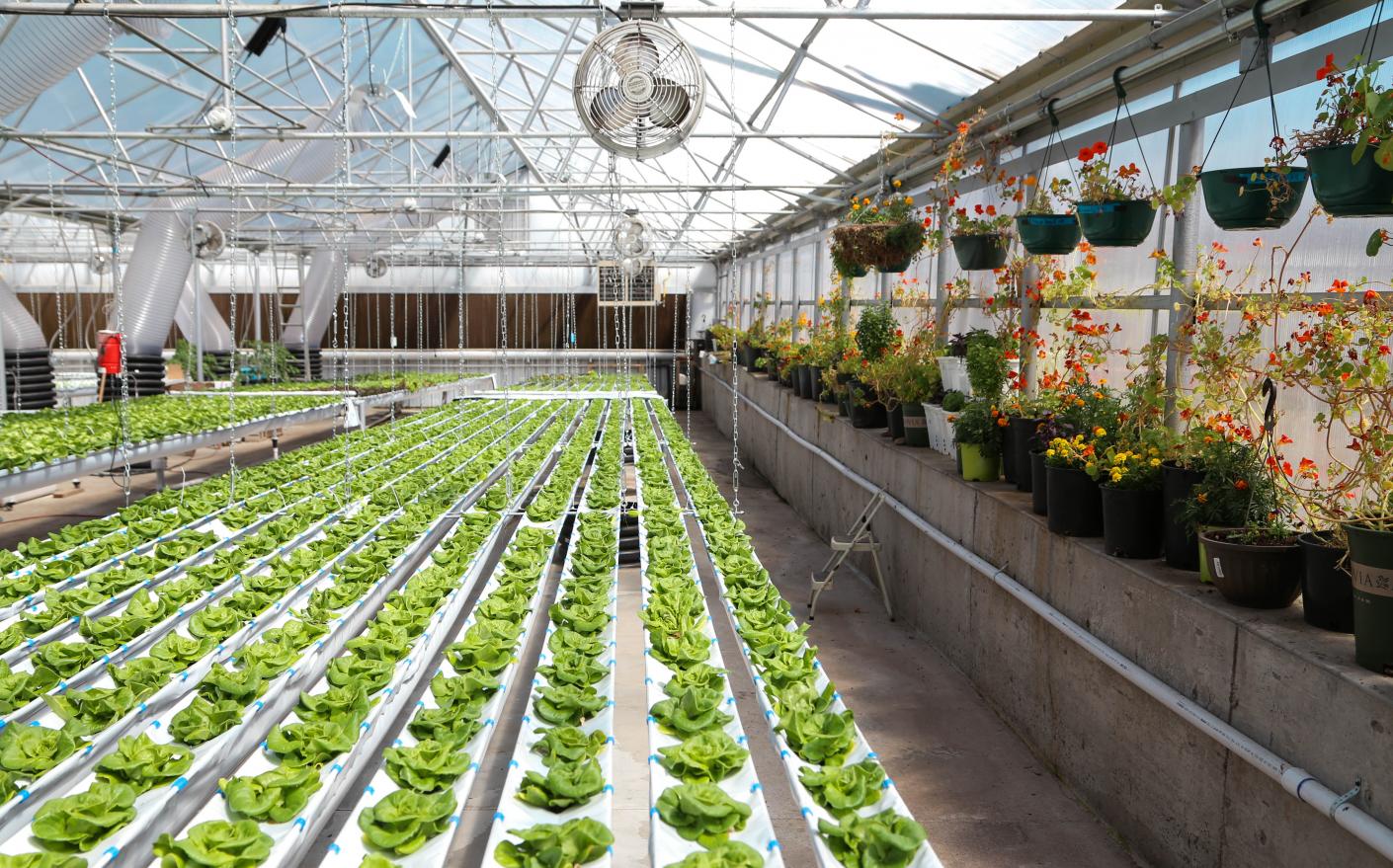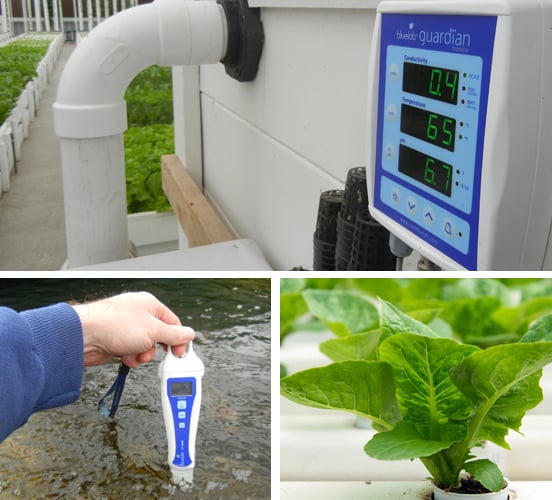The GrowHaus is a non-profit hydroponic, aquaponic, mushroom and seedling farm in a historic 20,000-square-foot greenhouse, which has been renovated to grow produce, distribute food and teach the community about healthy living.

Their vision for the world is one where all communities have the means to nourish themselves and their mission is to create a community-driven, neighbourhood-based food system by serving as a hub for food distribution, production, education and economic opportunity.
The aquaponics farm mimics natural ecosystems to combine the best aspects of aquaculture and hydroponics in a recirculating system. The commercial- scale aquaponics system at the GrowHaus occupies 3,200 square feet. It was built and is maintained by the Colorado Aquaponics team in partnership with the GrowHaus.
In any commercial aquaponics system, appropriate pH and temperature are critical for fish, plants and bacteria to remain in balance.
We often say 'everyone makes a sacrifice', we maintain a pH that is not ideal for any one of the organisms but it is comfortably within tolerable range for all of the organisms. While we can make some adjustments to pH, substantial changes can be detrimental to the ecosystem.
-Ben Jayne | GrowHaus
Temperature is also an important factor based on fish species. Fish like Koi will continue to eat in a wide range of temperature conditions, but Tilapia (very common in aquaponics) will stop eating and subsequently stop producing nutrients when temperatures are lower than mid-60s.
In northern latitude and high altitude, seasonal changes can have profound effects on the environmental conditions even in a greenhouse. Fluctuations in water temperature can correlate to fluctuations in air temperature so it is essential for the team at the GrowHaus to be able to monitor these changes with a high degree of frequency.
The need to have a reliable, real-time pH, EC and temperature monitor to help them make decisions about when adjustments were necessary and generally observe the conditions of their system on the fly, without taking additional time to prepare, execute and quantify chemical assays, is what drew the team to Bluelab.

Bluelab monitors provide the critical data we need to maintain a productive system while portable pH/temp pens allow us to test conditions in other parts of the farm and quickly and easily monitor remote gardens. They have undoubtedly helped us prevent issues with temperature and pH and saved us time and personnel resources. As often as I use both instruments, they easily pay for themselves in terms of pH testing kits in a matter of a few weeks. We use EC readings to make nutrient level comparisons to equivalent hydroponic systems.
-Ben
You can follow and support the GrowHaus team and their journey here.





Submit a Comment